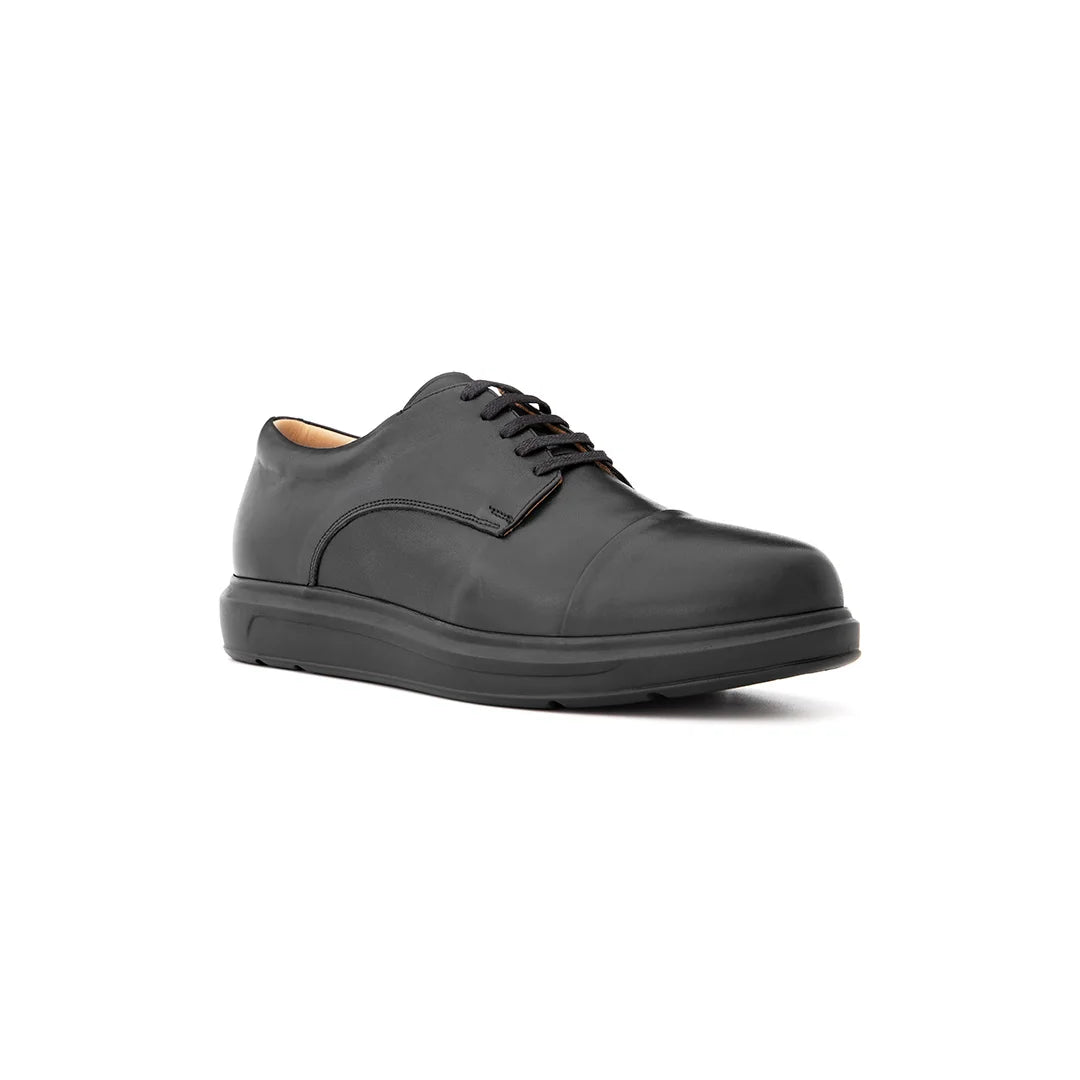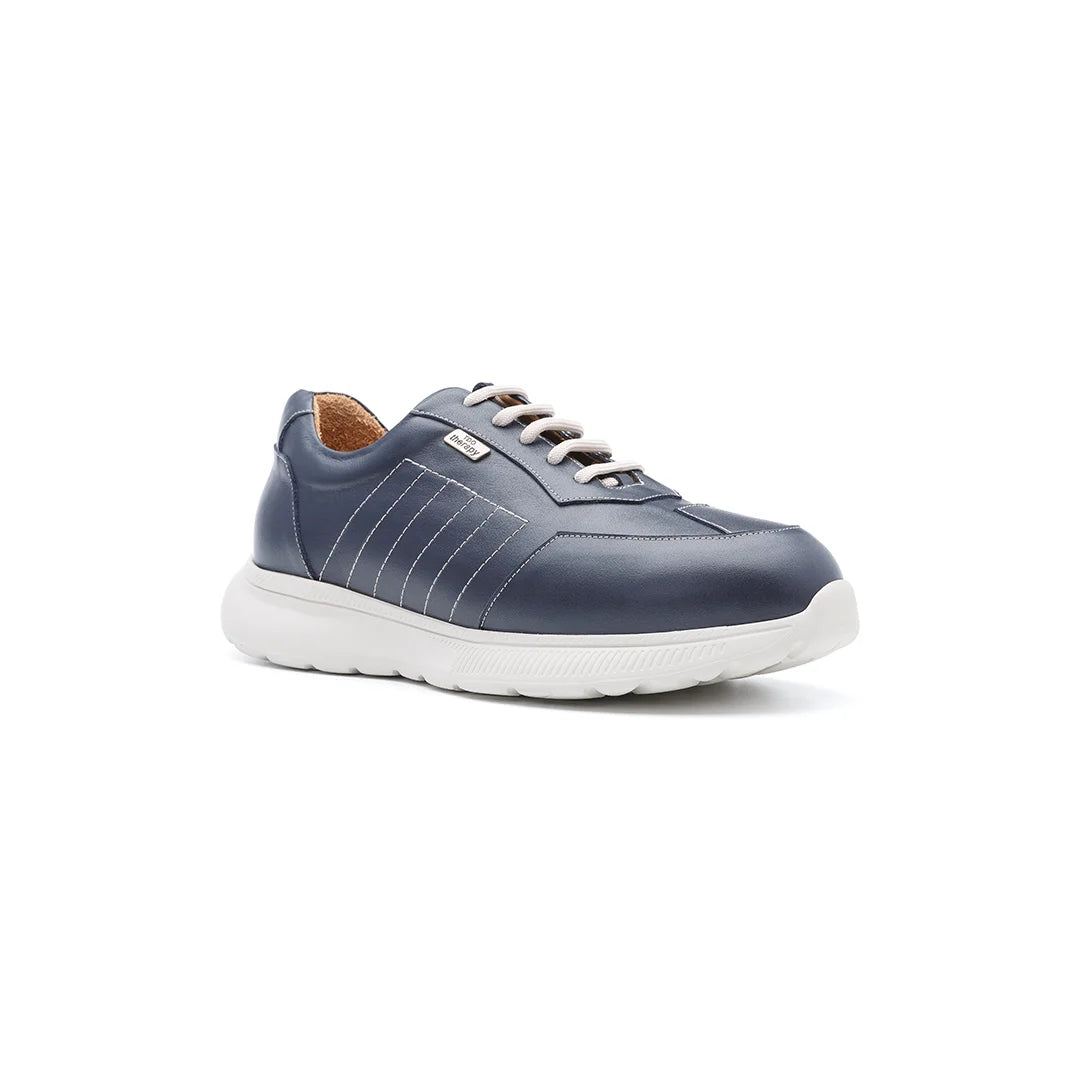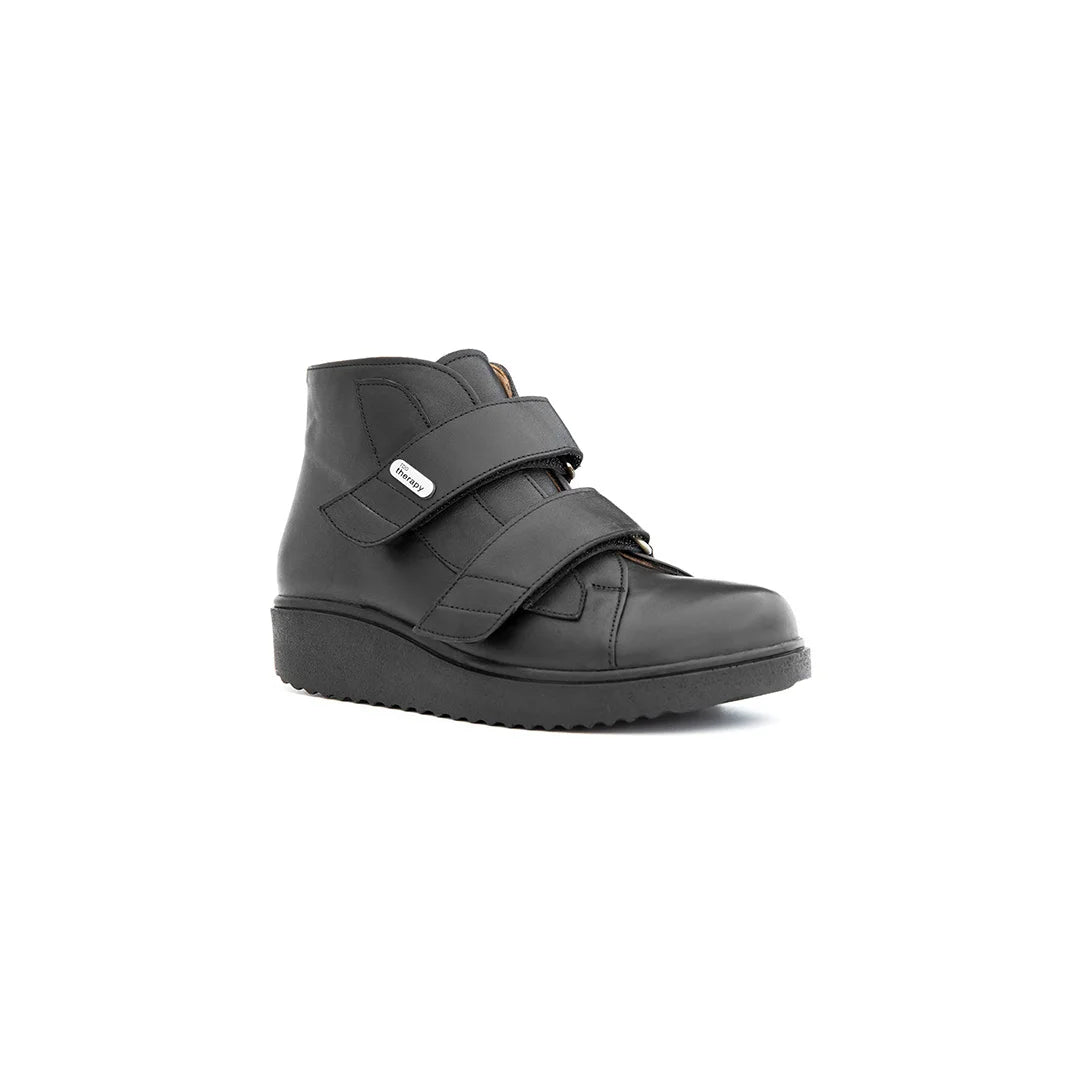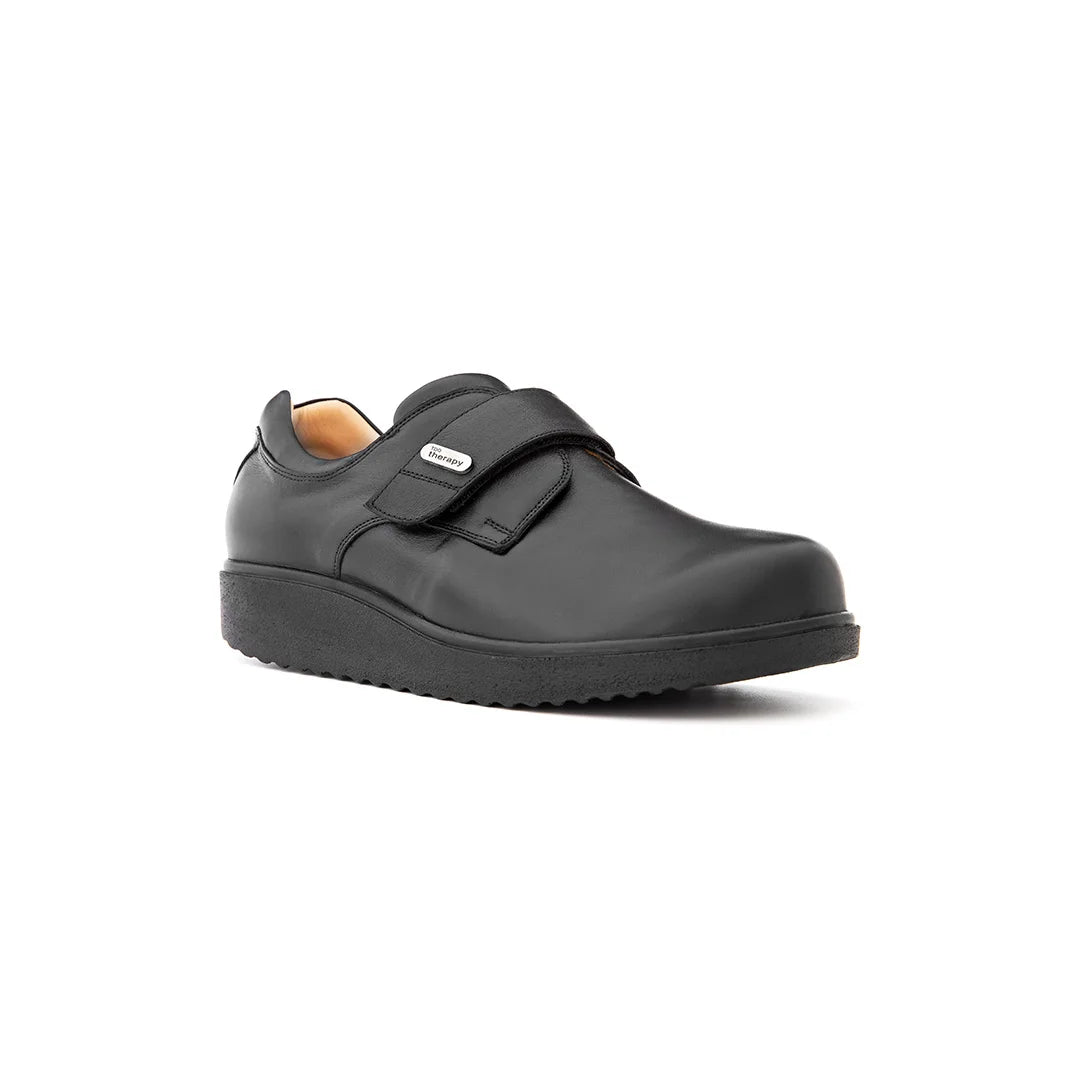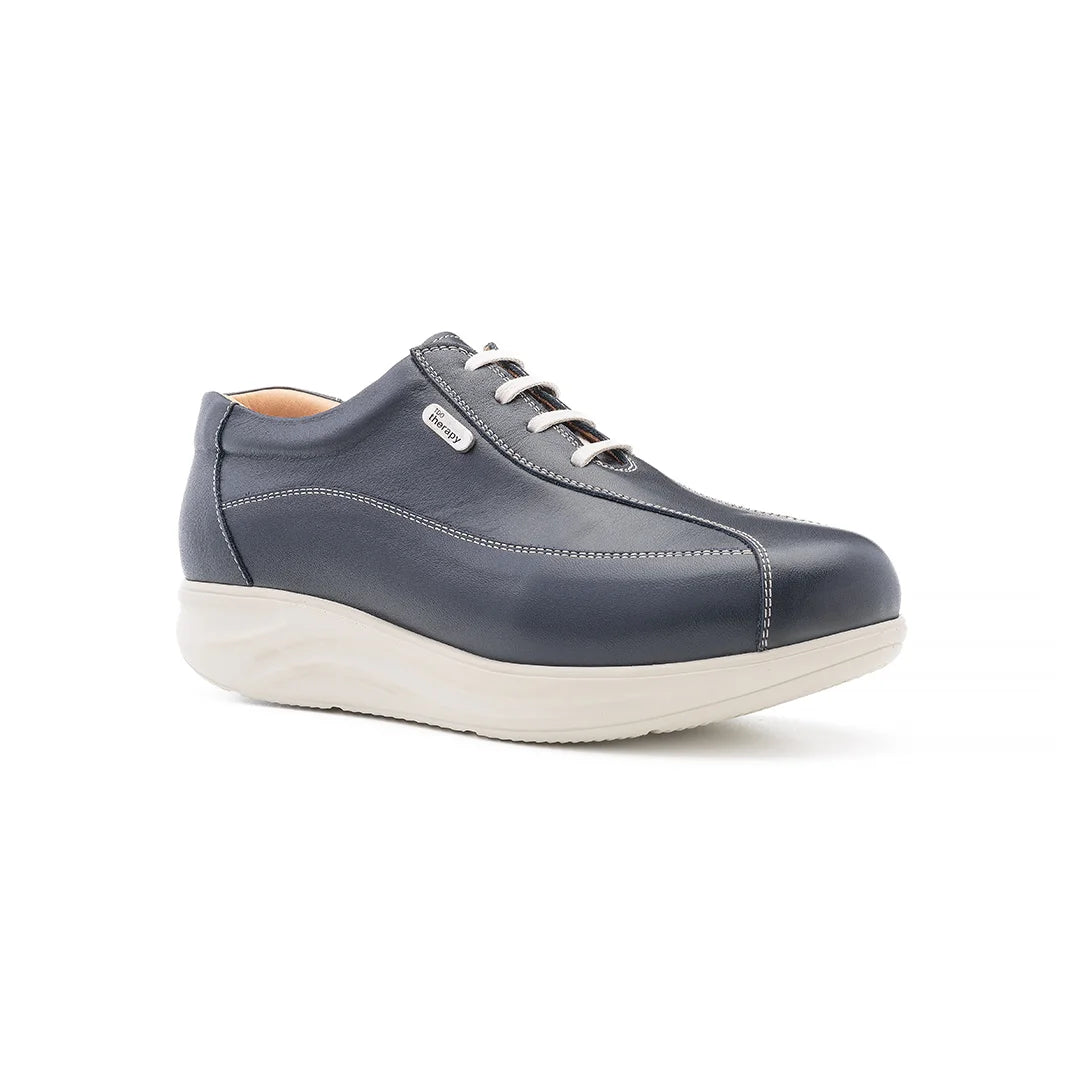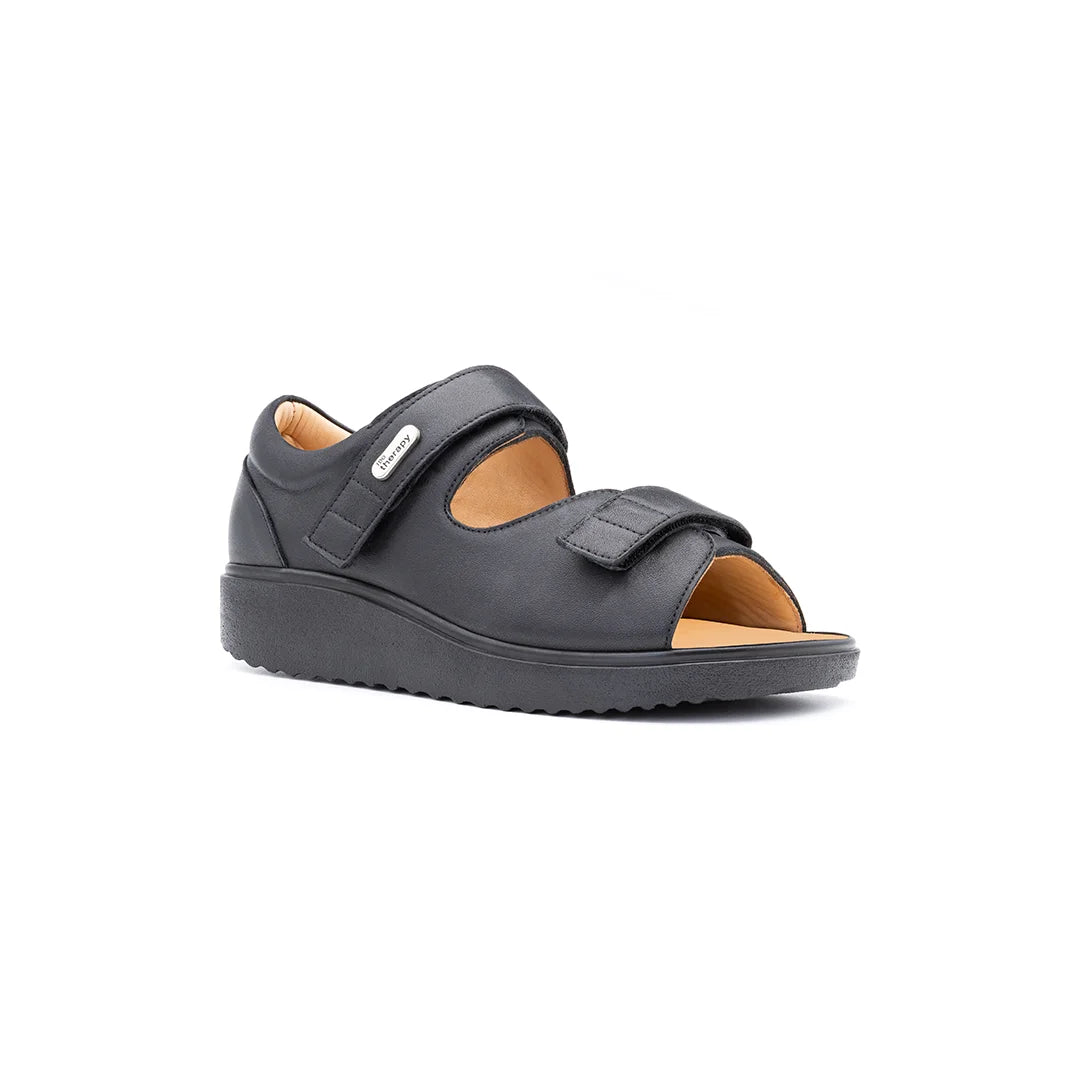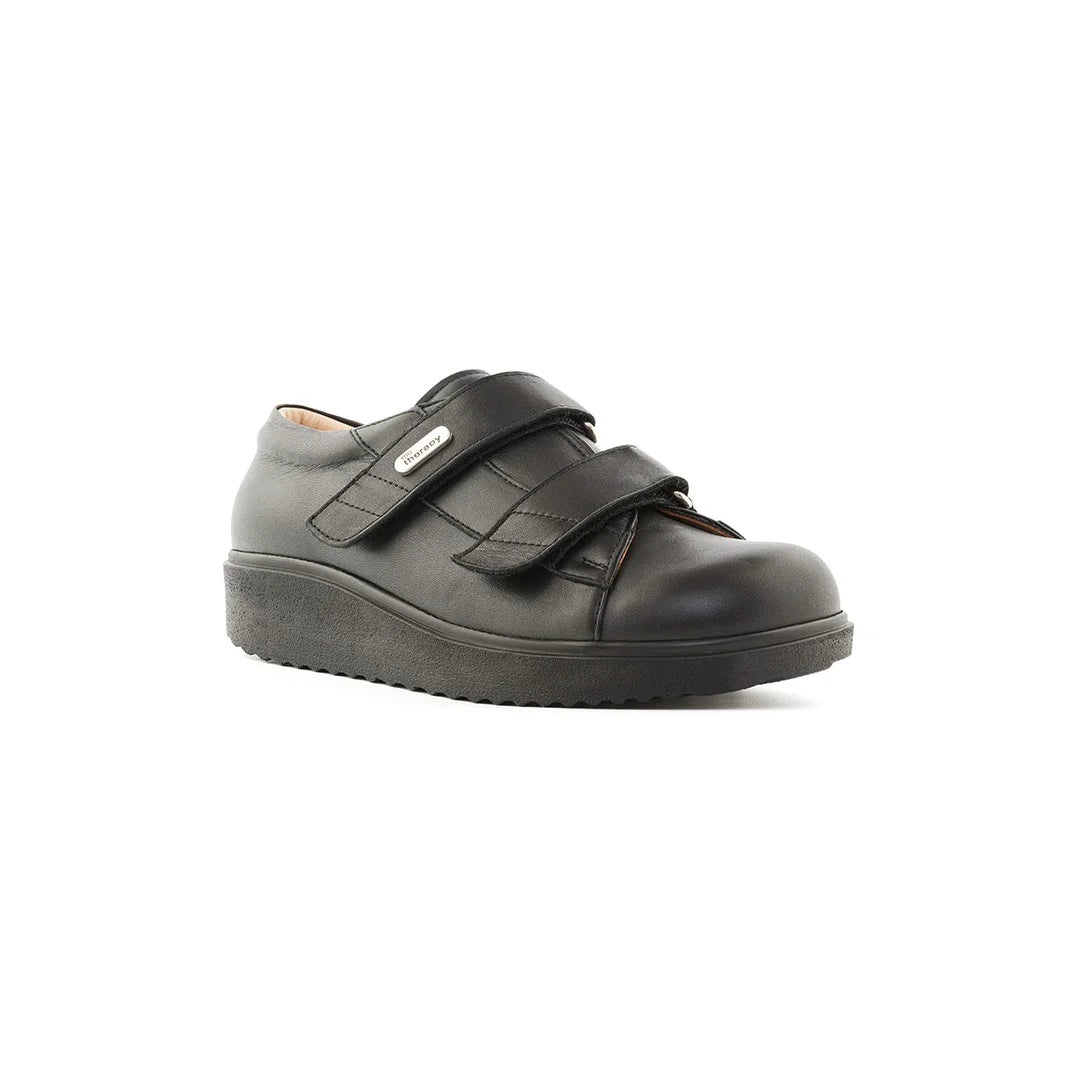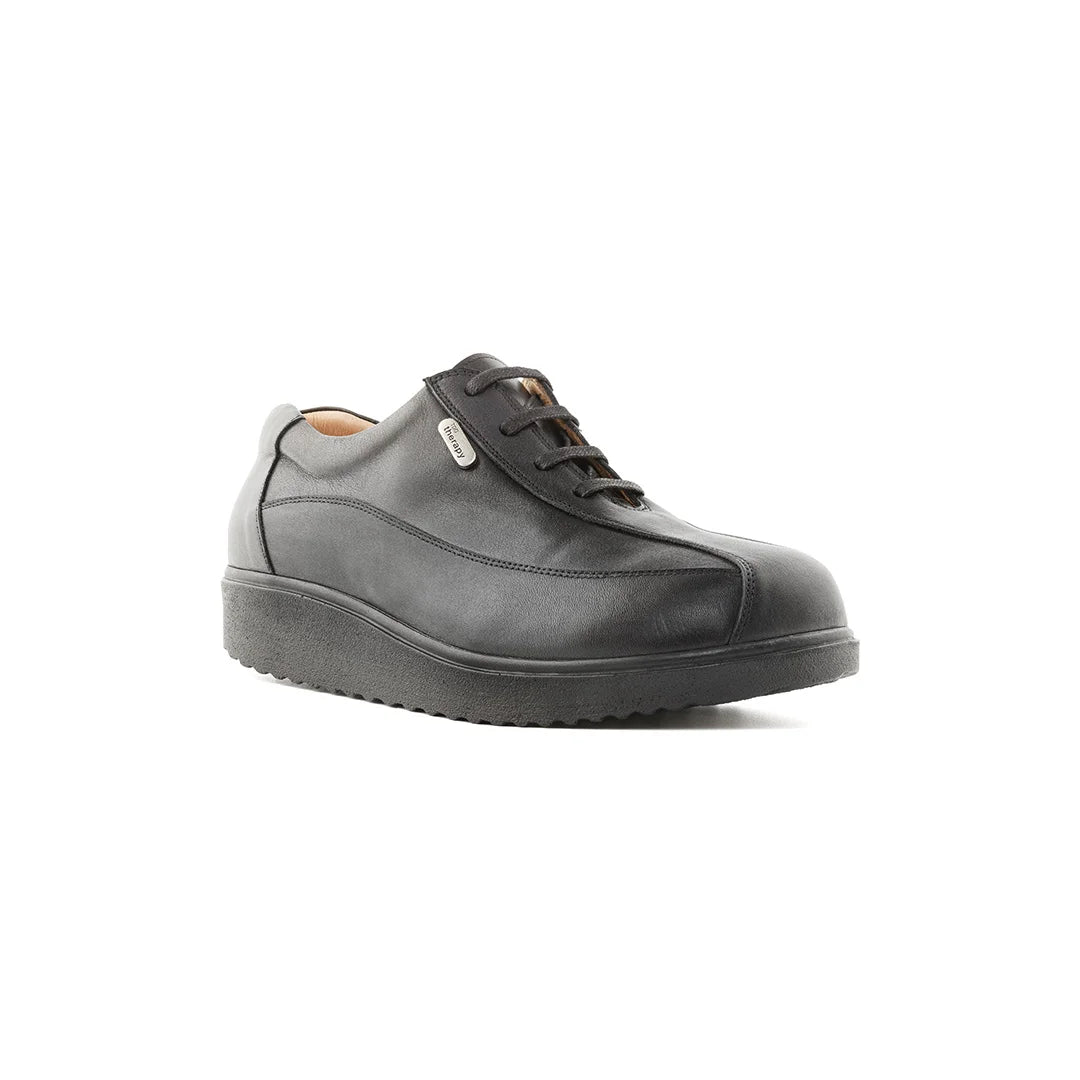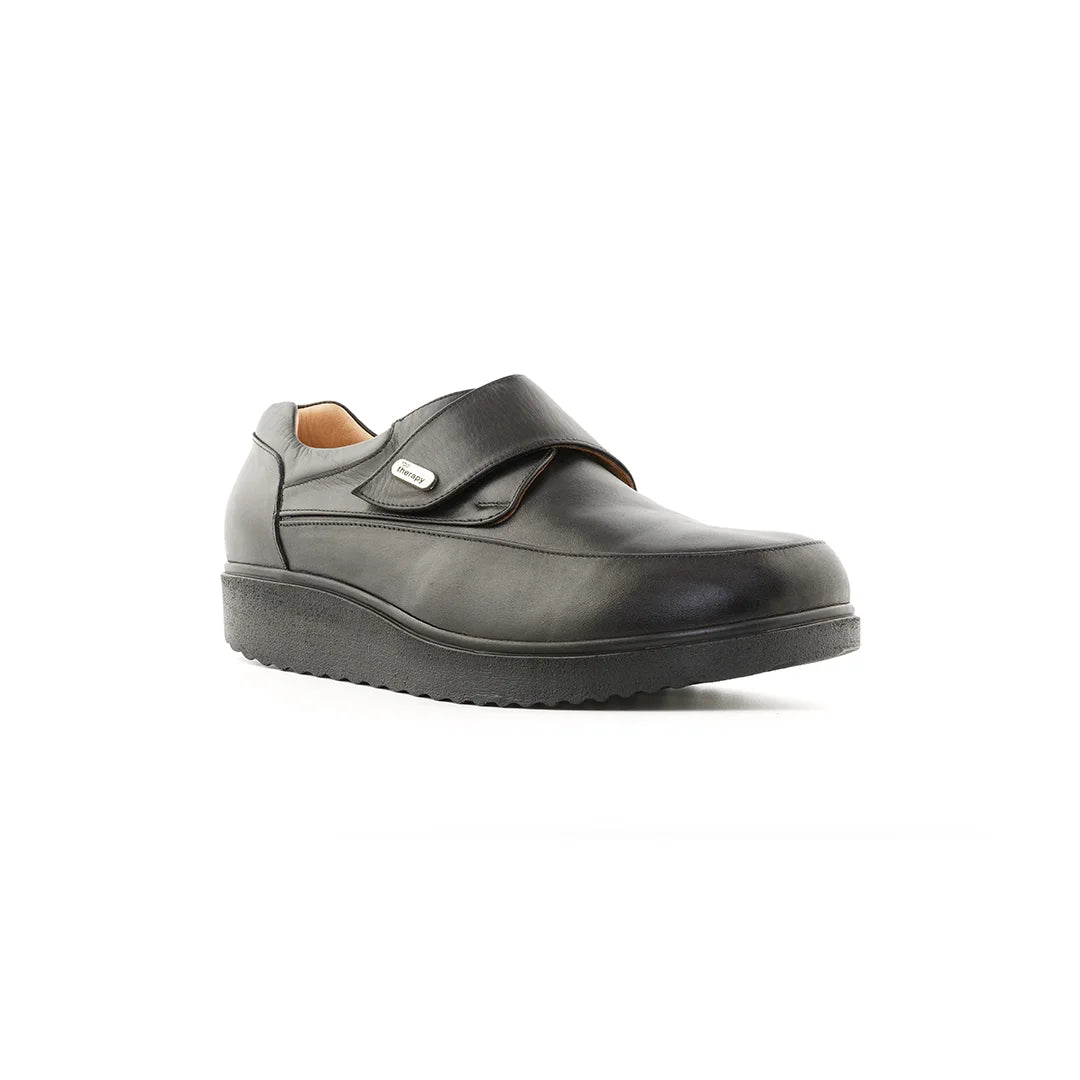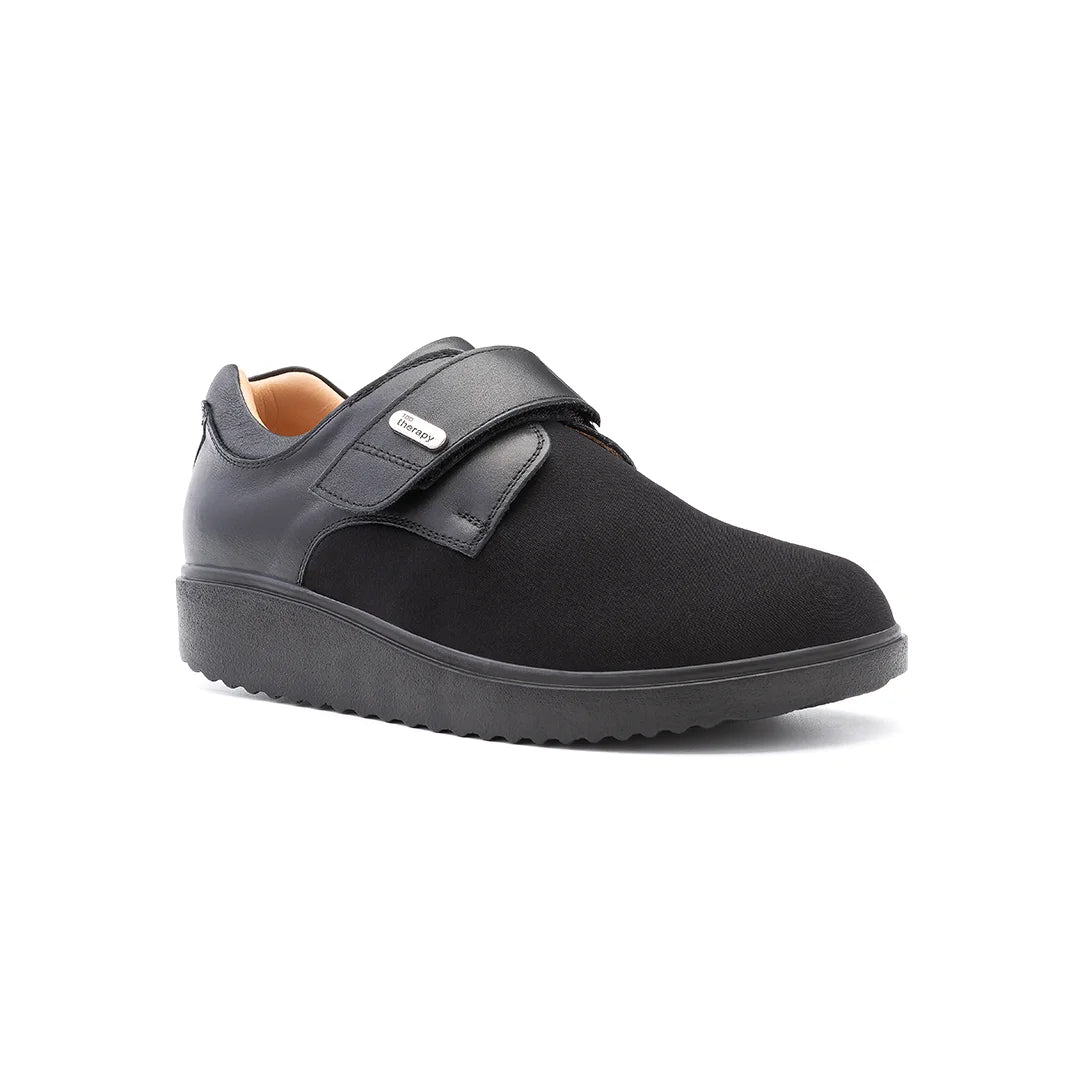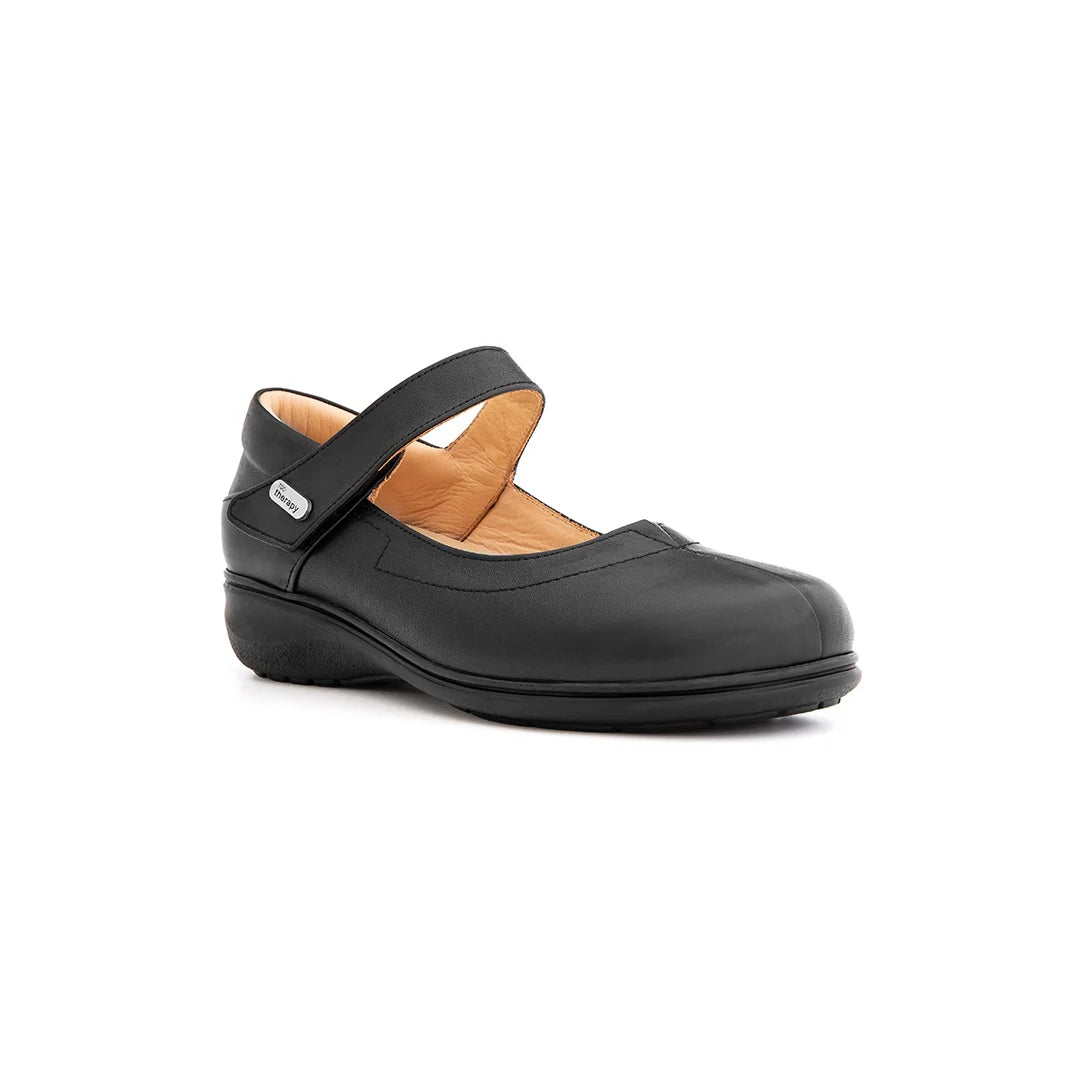As we age, foot health, balance, and comfort become more than just luxuries—they become essential needs. One of the most common risks faced by older adults is falling. That’s exactly where non-slip and supportive orthopedic shoes come into play.
These types of shoes do more than provide comfort—they help elderly individuals maintain their independence and move around freely. Thanks to slip-resistant soles that offer stability even on hard surfaces, specialized insoles that support foot structure, and easy-to-wear designs, daily life becomes significantly safer.
So, what should you look for when choosing orthopedic shoes for seniors? Which brands are trustworthy? Which models truly make a difference?
In this article, we’ll explore the best orthopedic shoes for seniors, their benefits, key features to look out for, and common mistakes to avoid. We’ll also provide practical shopping tips and recommendations for all budgets, making your buying process easier.
This guide is crafted for anyone who takes foot health seriously—especially those looking to enhance the quality of life for themselves or their aging loved ones. Ready? Let’s step into the world of the perfect orthopedic shoe!
Why Do Seniors Need Non-Slip and Supportive Orthopedic Shoes?
As we grow older, our sense of balance weakens and muscle strength diminishes, significantly increasing the risk of falling. That’s why orthopedic shoes with non-slip soles and solid support play a vital role—not just for comfort, but for safety as well.
✅ Reduces the Risk of Falls
These shoes offer superior grip even on wet, uneven, or sloped surfaces, thanks to their anti-slip sole technology. This helps seniors stay balanced whether indoors or outdoors. Especially when it comes to preventing serious injuries like hip fractures, the right footwear is essential.
✅ Prevents Foot Pain and Orthopedic Issues
Conditions such as plantar fasciitis, bunions, and heel spurs—common among the elderly—can be aggravated by poor footwear. Orthopedic shoes support the arches of the feet, reducing pain and preventing such issues from developing. They also distribute pressure evenly, preventing calluses and pressure sores.
✅ Improves Daily Quality of Life
Even a short walk in the right shoes can enhance mood, circulation, and overall health. Comfortable and safe footwear empowers seniors to go out on their own, participate in social life, and enjoy a greater sense of freedom.
What Problems Can Orthopedic Shoes Solve?
With age, the body changes, and the feet often bear the brunt of those changes. Orthopedic shoes can offer both preventive and supportive solutions to many chronic issues.
👣 Support for Foot Deformities
Common deformities like bunions, hammer toes, or flat feet can worsen with the wrong shoes. Orthopedic designs support the foot’s natural structure and evenly distribute pressure, relieving pain and slowing deformity progression.
🦵 Relief for Knee and Back Pain
Improper foot posture affects the knees and spine over time. Orthopedic insoles correct these pressure points, aligning the body properly and reducing chronic pain.
⚖️ Solutions for Balance Issues
Many seniors struggle with instability. Orthopedic shoes offer broad soles and ankle support to promote steady footing and safe, balanced movement.
🩺 Protection for Diabetes-Related Foot Sensitivity
For diabetics, foot sensitivity, tingling, and ulcers are common. Orthopedic models often feature seamless interiors and breathable fabrics to protect sensitive feet and prevent irritation.
What Are Non-Slip and Supportive Soles?
Non-slip and supportive soles are the most crucial parts of footwear designed for seniors. These special soles reduce fall risk while enhancing comfort.
🧠 Sole Technologies: Memory Foam, EVA, Gel Inserts
Memory foam molds to your foot for personalized support. EVA is lightweight and absorbs shock with every step. Gel inserts provide extra cushioning to reduce pressure on the soles. These technologies make standing or walking for extended periods much more manageable.
🚫 Anti-Slip Outsole Design
Anti-slip soles are made of special rubber materials that ensure solid grip even on slippery surfaces, preventing falls and accidents.
⏱️ Eases Long Hours on Your Feet
Supportive soles reduce strain on foot muscles and improve posture, allowing seniors to stay active for longer periods—whether out shopping or doing chores.

What Should You Look for When Choosing Orthopedic Shoes for Seniors?
Picking the right orthopedic shoes can significantly impact a senior’s health and well-being. Not all “orthopedic” labeled shoes are truly supportive. Here’s what to prioritize:
👟 Correct Size and Width
Feet can widen or swell with age. Always choose wide-fit models that don’t squeeze the feet. Proper size is the first step to foot health.
🔁 Adjustable Velcro or Elastic Lace Designs
Easy-to-use fasteners make shoes more practical, especially for those with limited hand mobility. Adjustable options also accommodate swelling.
🪶 Lightweight and Breathable Materials
Heavy shoes strain the joints and muscles. Opt for lightweight, breathable fabrics to prevent sweating and odor.
🔄 Removable Insoles
If custom orthotics or extra support is needed, removable insoles are a huge plus. Swapping them out allows for better comfort and personalized care.
Recommended Models – Inspired by TD Orthotics Style
UK-based TD Orthotics is known for orthopedic excellence combined with timeless style. These models offer both function and fashion.
👠 Stylish and Comfortable Options for Women
Women’s models often feature lightweight materials, balanced heel height, gel-cushioned soles, and breathable knit fabrics. Velcro and elastic options ensure both elegance and convenience. Great for city walks or home use.
👞 Functional and Masculine Designs for Men
Men’s shoes prioritize anti-slip soles, strong ankle support, and easy on/off design. Though classic in look, they offer full orthopedic benefits. Choose from leather or mesh options for breathability and durability.
Key Benefits of Orthopedic Shoes for Seniors
Orthopedic shoes with non-slip and supportive features help seniors overcome daily challenges like fatigue and balance issues.
💤 Less Fatigue
Advanced sole technologies reduce pressure and support muscles, resulting in less tiredness by the end of the day.
🧍 Better Posture
Arch support and structured insoles promote proper body alignment, protecting not only feet but also knees, hips, and spine.
⏳ Comfort During Long Hours of Standing
Lightweight and breathable materials keep feet cool and comfortable, making daily tasks easier.
🛑 Protection Against Slips and Falls
Even on slippery surfaces, anti-slip soles provide solid grip, boosting seniors’ confidence while walking.
Orthopedic Shoe Care and Maintenance
Proper care ensures your orthopedic shoes stay effective and last longer.
🧼 Cleaning by Material Type
Leather: Wipe with a damp cloth and mild soap. Let dry in the shade.
Fabric/Mesh: Hand wash in lukewarm water or use the gentle cycle—never hot water.
⏳ Extend Lifespan
Let shoes air out after each use, avoid direct sunlight, and inspect insoles regularly. Replace worn-out parts when needed. Store shoes with a shoe tree if possible.
🧦 Choosing the Right Socks
Opt for breathable, seamless cotton socks to avoid irritation and moisture buildup. The wrong socks can harm both your shoes and your feet.
FAQ – Frequently Asked Questions
👟 What’s the best orthopedic shoe for seniors?
The best orthopedic shoe meets individual needs: slip-resistant, lightweight, breathable, and supportive with a removable insole. Adjustable fasteners are also a plus.
🔄 Should orthopedic shoes be worn all the time?
Yes. Especially for seniors with foot issues, orthopedic shoes should be worn daily—even indoors. Orthopedic slippers are a great option for home.
🌧️ Are non-slip shoes effective in the rain?
Yes! Anti-slip soles offer great grip even on wet surfaces. However, not all models are waterproof, so rainy days may require water-resistant options.
🧪 What should I check before buying orthopedic shoes?
Look for arch support, firm heel counters, removable insoles, proper fit, and all-day comfort while walking. If all boxes are checked, you’ve found the right pair.
🧓 Why should seniors wear special orthopedic shoes?
Because balance issues, foot deformities, and chronic pain are more common in older adults. Orthopedic shoes reduce risks, ease movement, and support independence.



